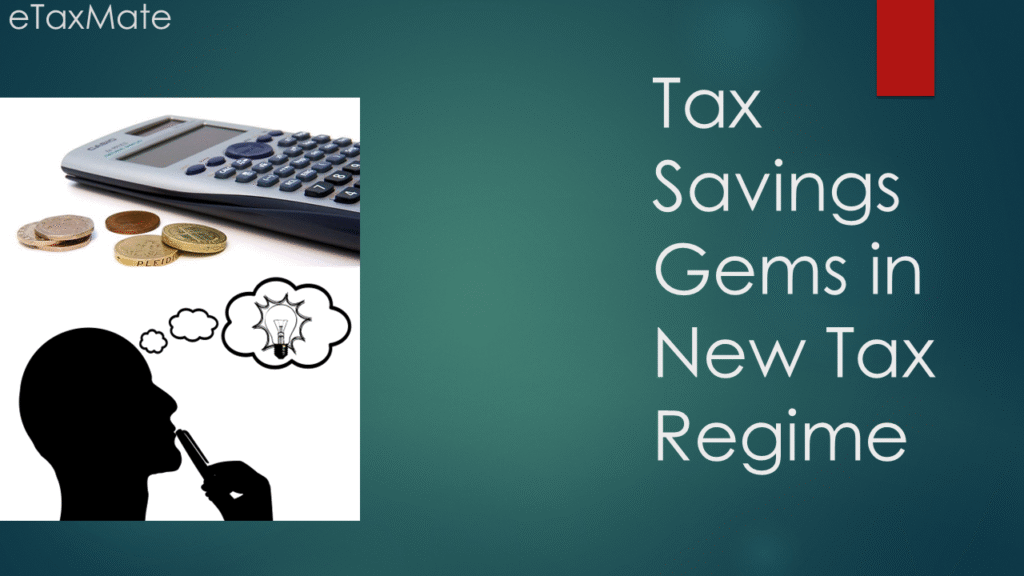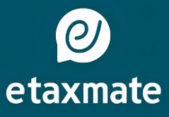
Everyone’s talking about the new tax regime — mainly about how most deductions and exemptions are gone. For many, it seems like a flat structure with little room for tax planning. But here’s the good news: tax benefits in the new tax regime still exist — you just need to know where to look.
So, if you’re a salaried individual, understanding what’s still available under Section 115BAC can help you structure your income smartly and maximize your post-tax earnings. Despite losing many traditional deductions, tax benefits in the new tax regime can still help you reduce your tax burden legally and effectively.
Before you dismiss the new regime as “deduction-less,” let’s deep dive into the remaining benefits it offers and how to strategically use them.
🧩 Section 1: Traditional Deductions Still Allowed Under the New Regime
While the new tax regime under Section 115BAC has done away with popular deductions like Section 80C, 80D, HRA, and LTA, it still allows a handful of important tax benefits. These can make a real difference — especially for salaried individuals and professionals with employer contributions or retirement payouts.
Here are some of the key deductions and exemptions still available:
🔹 1. Exemption on Voluntary Retirement (Section 10(10C))
If you receive compensation on voluntary retirement, it remains exempt up to ₹5,00,000, even under the new regime. This is especially relevant for employees opting for early retirement under company policies.
🔹 2. Exemption on Gratuity (Section 10(10)) Gratuity received by employees upon retirement or resignation is exempt up to limits prescribed under the Income Tax Act. For private-sector employees covered under the Payment of Gratuity Act, the limit is generally ₹20 lakhs.
🔹 3. Leave Encashment (Section 10(10AA))
Leave encashment received at the time of retirement is also exempt within specified limits (up to ₹25 lakhs as revised in Budget 2023 for non-government employees).
🔹 4. Employer’s Contribution to NPS (Section 80CCD(2))
This deduction continues under the new regime and is quite significant:
- For central government employees: 14% of basic + DA
- For others (private sector): 10% of basic + DA
This is a deduction over and above the ₹7 lakh rebate limit, making it a powerful tool for high-salaried individuals.
📌 Note: Budget 2024 increased the limit to 14% for private-sector employees as well, aligning with government employees.
🔹 5. Interest on Home Loan (Section 24 – Let-Out Property) Though you can’t claim ₹2 lakh interest deduction on self-occupied homes under the new regime, you can still claim full interest deduction on a loan taken for a let-out property (i.e., a rented house), with no upper monetary limit. However, the loss from house property can only be set off against income from house property.
✅ Quick Recap Table
| Deduction/Exemption | Section | Still Allowed? | Notes |
| Voluntary Retirement Compensation | 10(10C) | ✅ | Exempt up to ₹5 lakh |
| Gratuity | 10(10) | ✅ | Exempt up to ₹20 lakh |
| Leave Encashment | 10(10AA) | ✅ | Exempt up to ₹25 lakh |
| Employer’s NPS Contribution | 80CCD(2) | ✅ | Up to 10% or 14% of salary |
| Interest on Home Loan (Let-Out Property) | 24 | ✅ | No upper limit on deduction |
💼 Section 2: Hidden Tax-Free Perks – Salary Structuring for Maximum Benefit
While most standard deductions are unavailable in the new tax regime, a smartly structured salary package can still help you legally reduce your tax outgo. These components aren’t deductions per se — they are fully exempt allowances if included as part of your salary and used for official purposes.
Let’s decode some of these hidden gems:
🍱 1. Meal Coupons (e.g., Sodexo, Zeta, Paytm)
Meal vouchers provided by employers are tax-free up to ₹50 per meal, for two meals per working day.
- Monthly benefit: ₹2,200 (22 working days)
- Annual benefit: ₹26,400
✅ Condition: Must be part of your CTC/salary structure.
📶 2. Mobile and Internet Bill Reimbursement If you use your phone or broadband for official work, your employer can reimburse the bill, which is fully tax-exempt.
✅ Tip: Retain bills and ensure it’s classified as “reimbursement” in your payslip.
🎁 3. Gift Vouchers Employers can give non-cash gift vouchers up to ₹5,000 per financial year, which are tax-free.
✅ Above ₹5,000, the full amount becomes taxable.
🚗 4. Car Expense Reimbursement
If your employer reimburses car expenses (fuel/maintenance), a portion is tax-free:
- For cars with engine capacity ≤ 1.6L (used partly for official purpose):
₹1,800/month or ₹21,600/year - Chauffeur allowance (if provided) adds ₹900/month extra
✅ Must be used for official duties and declared appropriately.
📌 Important:
All of the above must be included in your salary structure or as part of an official reimbursement policy. These are not deductions you claim while filing, but tax-free perks that reduce taxable income if structured right.
✍️ Takeaway:
“Salary customisation is the key to tax optimisation under the new regime. If your employer allows flexible benefits planning, make sure to include these tax-free components.”
🧾 Conclusion: Don’t Leave Money on the Table!
Even under the new tax regime, with smart planning and salary structuring, you can still unlock several tax-free benefits — many of which go unnoticed. While deductions are limited, opportunities aren’t, if you know where to look.
📞 Still unsure which regime suits you best or how to structure your salary for optimal tax savings?
Let a professional guide you.
👉 Contact us for personalised advice, tax planning tips, or assistance with your ITR filing.
✅ Email: help@etaxmate.in, Phone: +91 7389176127
🌐 Website: etaxmate.in
